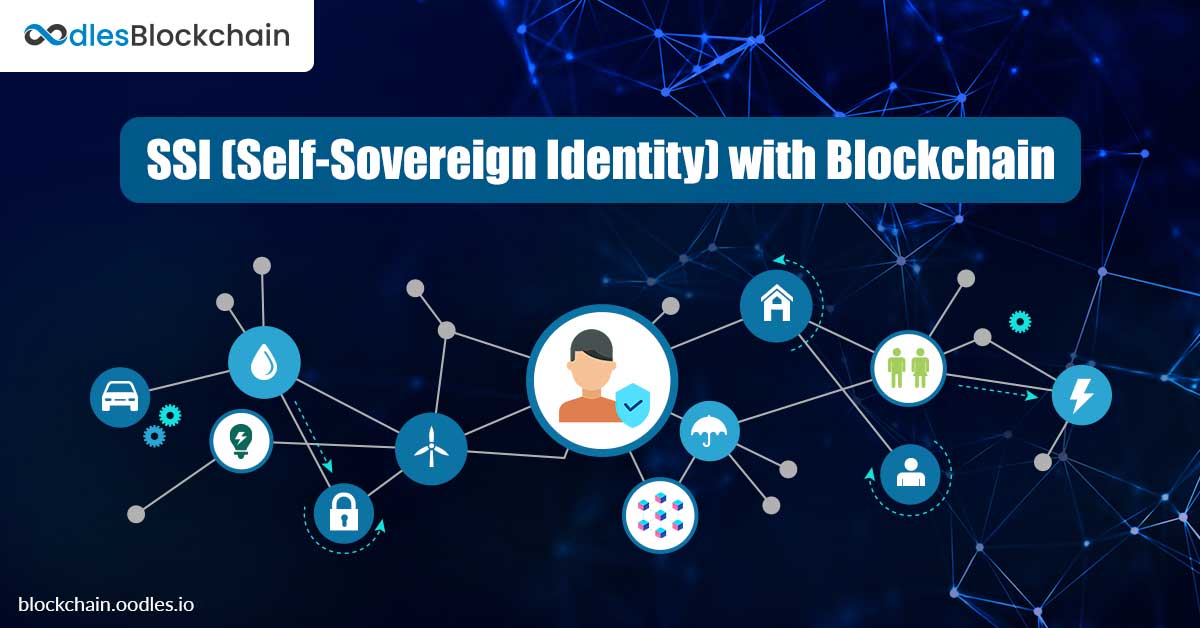Establishing Digital Self-Sovereign Identity System with Hyperledger IndyPosted by MuBlockchain on December 9th, 2020 Today’s traditional identity systems are fragmented, insecure, and exclusive. With blockchain Identity solutions, we can enhance the digital identity management sector by enabling secure and efficient management of identities as well as their storage with a unified, interoperable, and tamper-proof infrastructure. Powered by blockchain-like Hyperledger Indy identity solutions can enable key benefits that can strengthen the digital identity management space for enterprises, users, and IoT management systems. But, first, let’s understand the current realm of digital identity management and why we need blockchain to enhance it.
The Current Realm of Digital Identity Management For Organizations Private and public organizations frequently require to collect sensitive personal information of users. They store this sensitive information alongside less-sensitive routine business data. Consequently, it gives rise to new business risks with the expansion of user privacy-centric regulations like GDPR and industries focus shifting to corporate IT responsibility. When these datasets go to centralized data vaults, driving product improvements and attaining true customer understanding become obsolete. When organizations receive large fines or face the inevitable need to develop stronger IT capabilities, then only they pursue expensive projects to achieve the balance between data security and business requirements. For Individuals Identity is critical for smooth to a functioning society and economy. Having a proper way to identify ourselves and our possessions enable us to create thriving societies and global markets. At its most basic level, identity is a collection of claims about a person, place or thing. For people, this usually consists of first and last name, date of birth, nationality, and some form of a national identifier such as passport number, social security number (SSN), driving license, etc. These data points are issued by centralized entities (governments) and are stored in centralized databases (central government servers). Physical forms of identification aren’t widely available to every human for various reasons. Approximately 1.1 billion people worldwide don’t have a way to claim ownership over their identity. This leaves one-seventh of the world’s population in a vulnerable state – unable to vote in elections, own property, open a bank account, or find employment. The inability to attain identification documentation jeopardizes a person’s access to the financial system and in turn, limits their freedom. Addressing Digital Identity Management Challenges with Self-sovereignty The self-sovereign identity model provides identity stakeholders (owners, verifiers, and issuers) control and access to their sensitive data. It enables these identity stakeholders to gain more power over their personal data management by facilitating them to manage and disclose selective PIIs individually in a peer-to-peer manner. Like it? Share it!More by this author |



